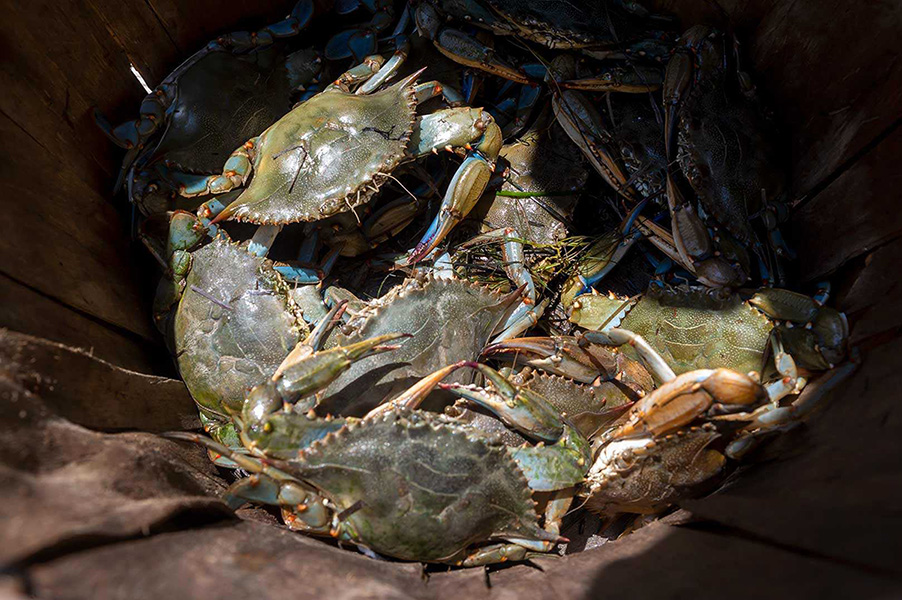Maryland Engineers Get Cracking on Sustainability with Crab Shell-based Battery
Electric vehicles are a major part of the equation for protecting Earth’s climate, but not everything adds up yet: The batteries powering these rolling sustainability solutions aren’t always sustainable themselves. But now University of Maryland engineers have created a zinc battery with a biodegradable electrolyte from an unexpected source—crab shells. The discovery was presented in a paper this month in the journal Matter. “Vast quantities of batteries are being produced and consumed, raising the possibility of environmental problems,” said the lead author and materials science and engineering Professor Liangbing Hu, director of UMD’s Center for Materials Innovation. The study’s other authors are affiliated with the University of Houston and UMD’s Department of Materials Science and Engineering. For example, he said, polypropylene and polycarbonate separators, which are widely used in lithium-ion batteries, will take hundreds or thousands of years to degrade. Current batteries use an often-flammable or corrosive electrolyte to shuttle ions back and forth between positively and negatively charged terminals within the battery, providing current. The new battery, which could be used to store renewable power from large-scale wind and solar sources, uses a gel electrolyte made from a biological material with many natural sources called chitosan. “The most abundant source of chitosan is the exoskeletons of crustaceans, including crabs, shrimps, and lobsters, which can be easily obtained from seafood waste,” Hu said. “You can find it on your table.” A biodegradable electrolyte means that about two-thirds of the battery could be broken down by microbes, with the chitosan electrolyte decomposed completely within five months. This leaves behind the metal component, in this case zinc, rather lead or lithium. “Zinc is more abundant in earth’s crust than lithium,” said Hu. “Generally speaking, well-developed zinc batteries are cheaper and safer.” This zinc and chitosan battery has an energy efficiency of 99.7% after 1,000 battery cycles, making it a viable option for storing energy generated by wind and solar for transfer to power grids, he said. Hu said he and his team will continue working on making batteries that are even more environmentally friendly, including throughout the manufacturing process. “In the future, I hope all components in batteries are biodegradable,” said Hu. “Not only the material itself but also the fabrication process of biomaterials.” IN THE NEWS
This article, which originally appeared in Maryland Today, is based on a press release from Cell Press.
Related Articles: September 7, 2022 Prev Next |


